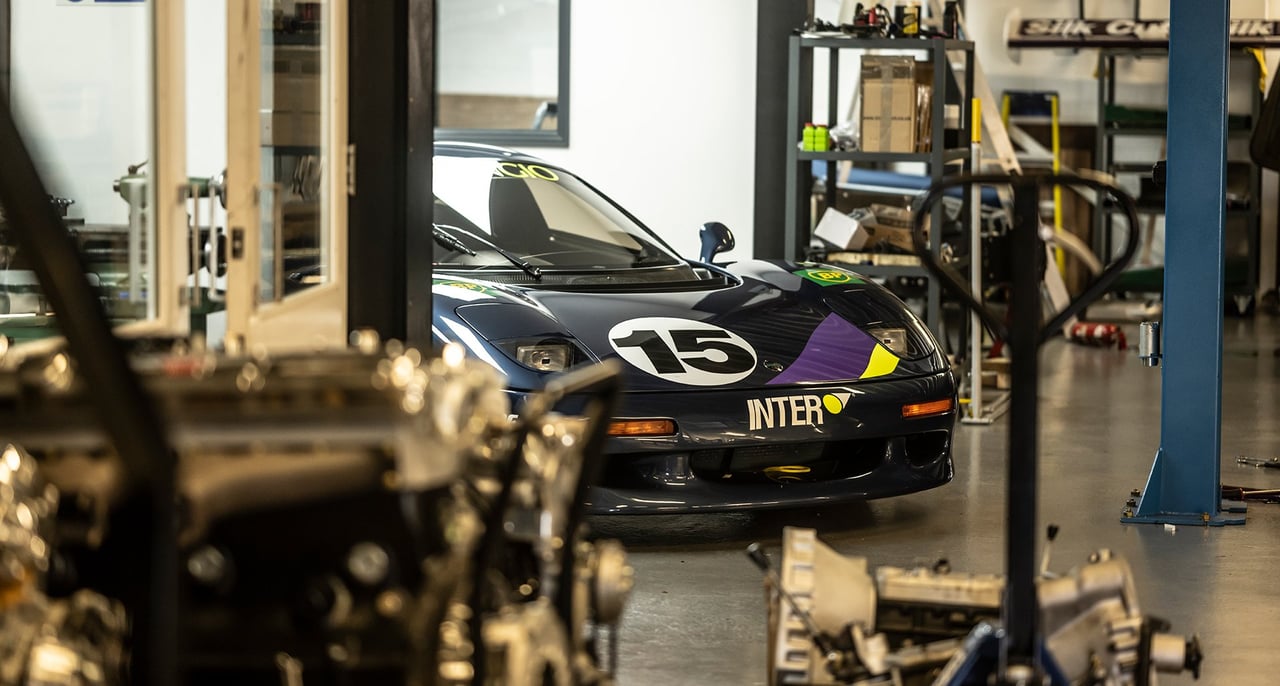
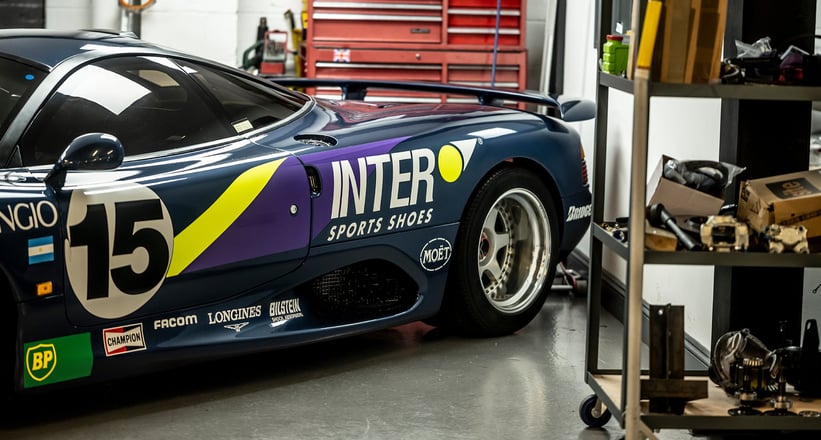
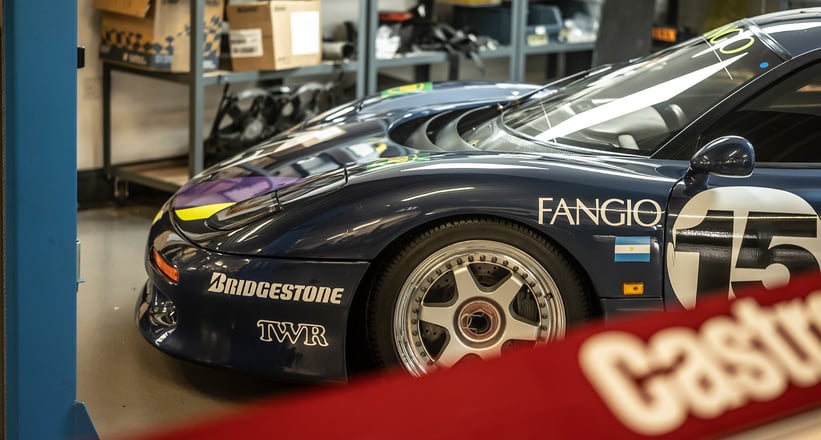
Of course, the McLaren has its Le Mans-winning provenance and that record-breaking top speed, but would the F1 be the car it is if it weren’t for the Jaguar Sport XJR-15? A Le Mans racer for the road was a long-time dream for the legendary Tom Walkinshaw, who through his TWR outfit ran the works Jaguar Group C racing programme in the 1980s. The idea quickly escalated, with Peter Stevens (who’d go on to design the F1) being drafted in to visualise how the idea could look.
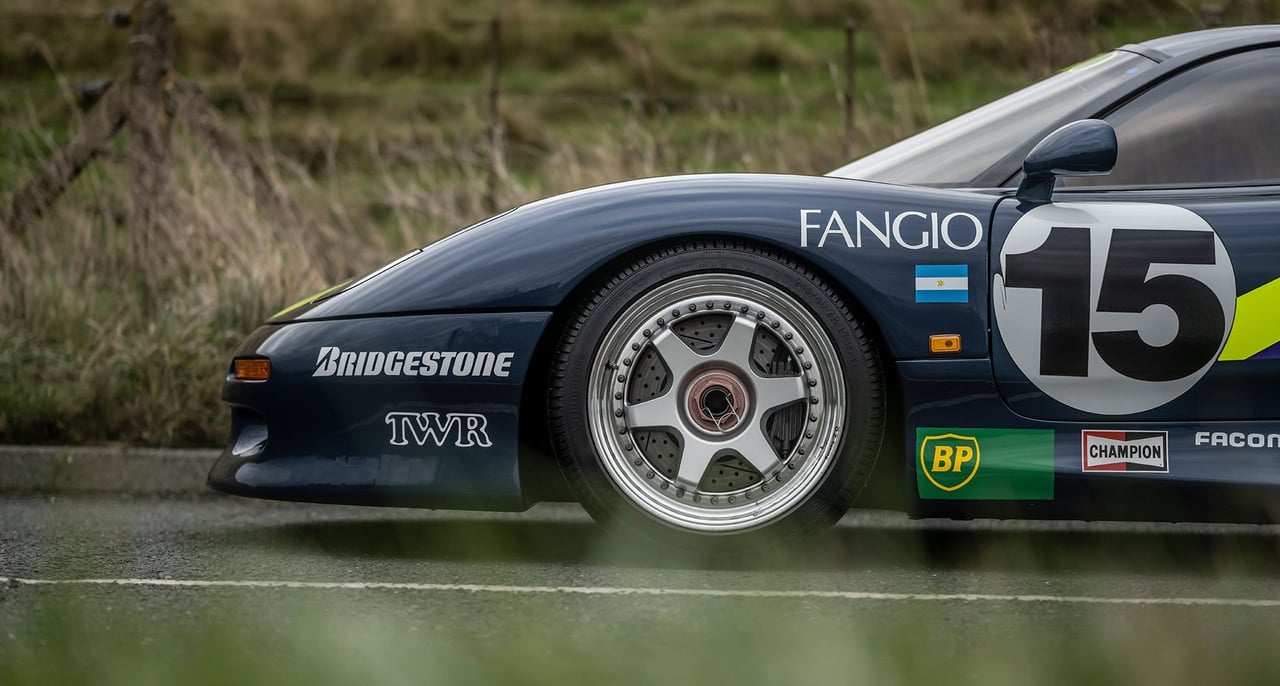
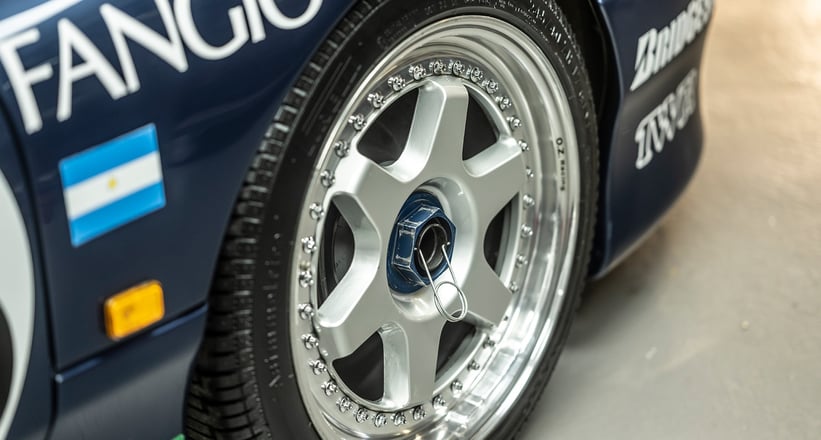
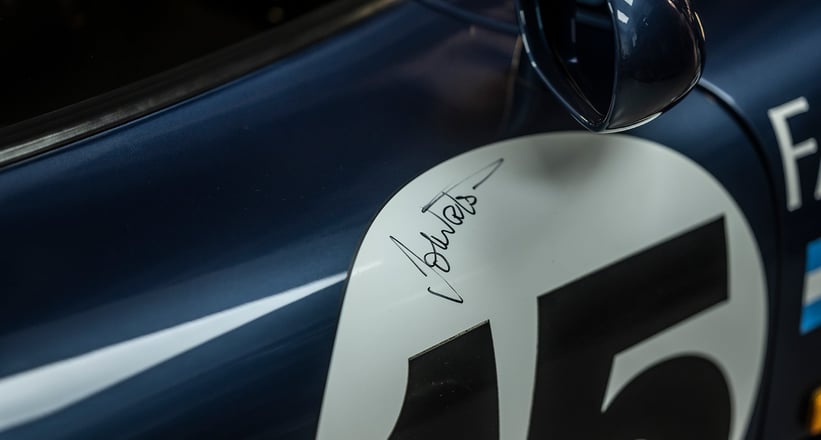
“I had been doing lots of projects for Tom; we got on really well,” Stevens tells us. “After the 1988 Le Mans win, the idea was proposed by his right-hand man, Andy Morrison, with Tom’s complete support. He’d always wanted to do his own car, and the plan was initially just to do a roadgoing version of the Le Mans racer.
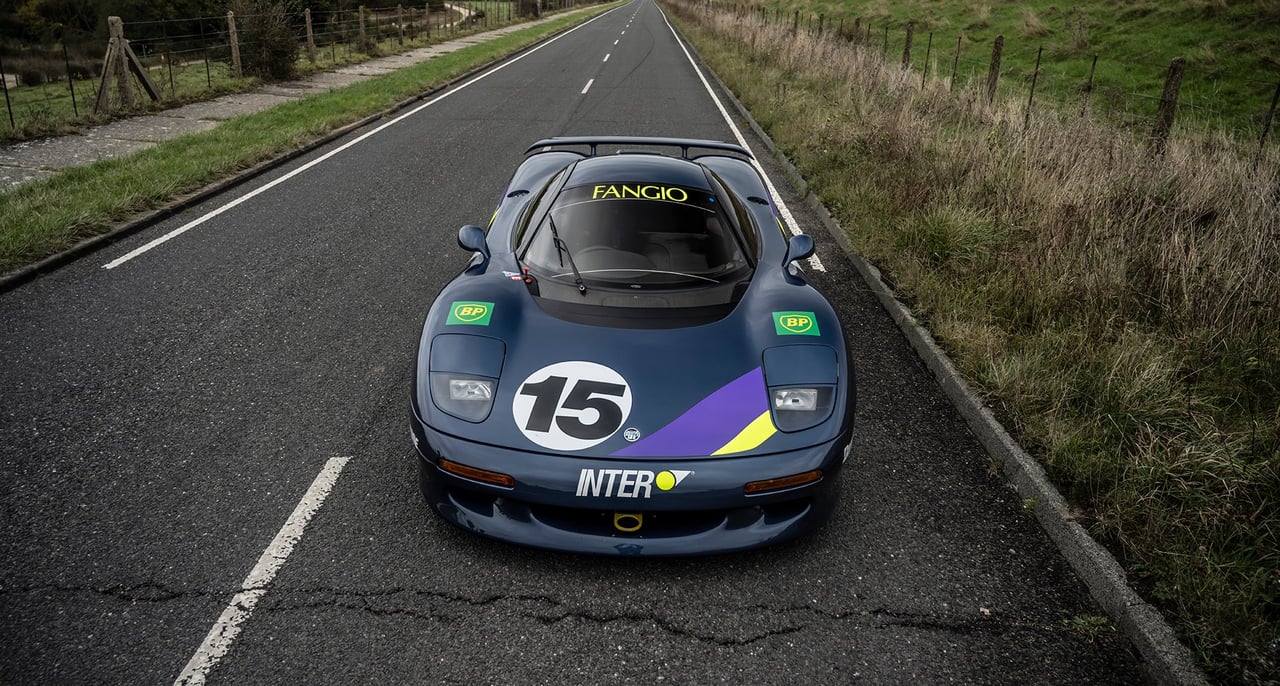
“I did some sketches to show him that really wasn’t the way to go; it would be very difficult to get into, potential customers would struggle and sales would be lost. I gave him three choices, and he said ‘well, you’re the designer, mate, which one should we do?’, so I picked one.
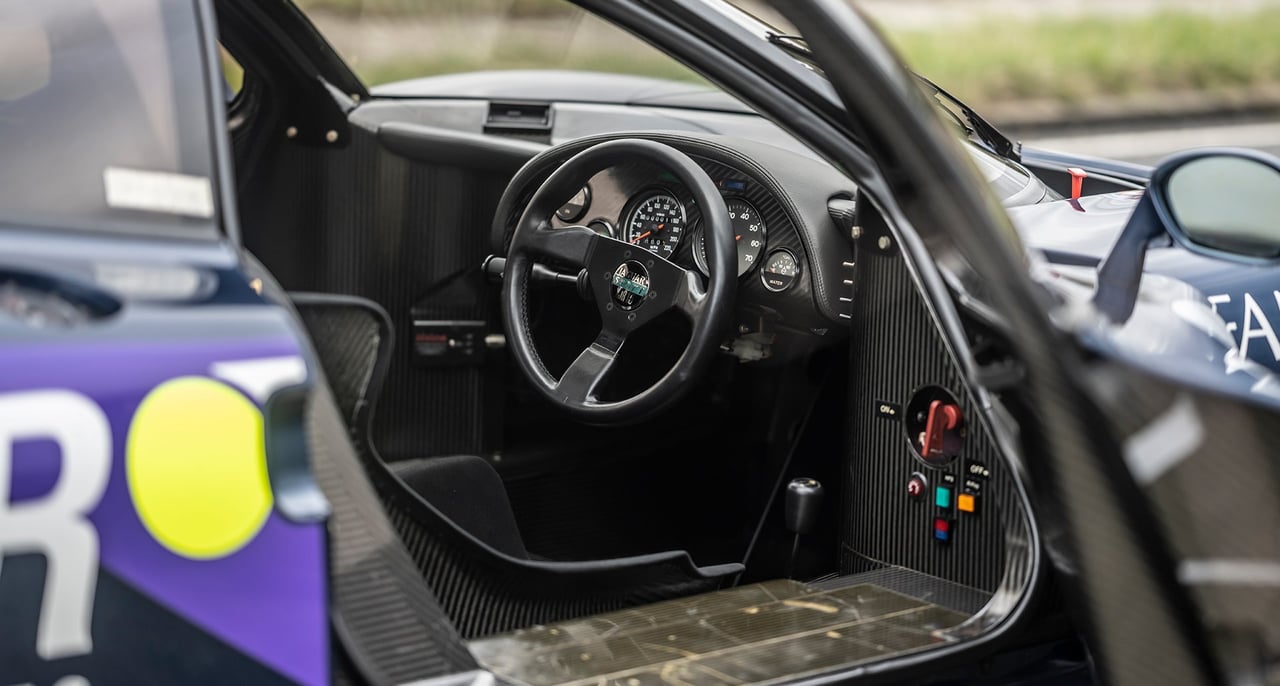
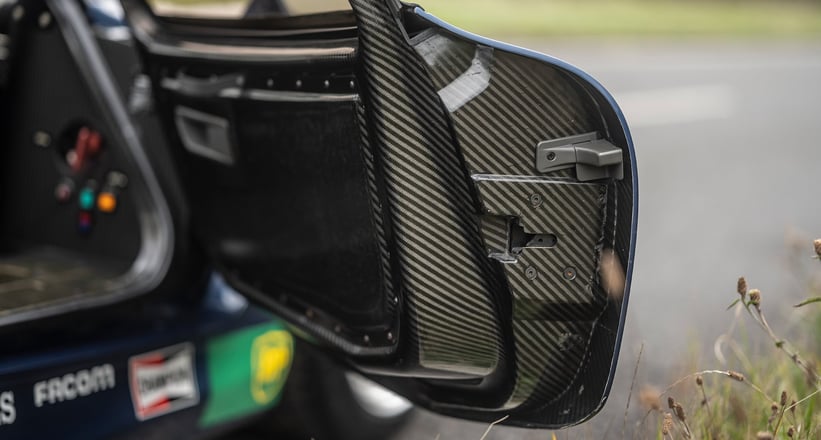

“He wanted to drive a car when he came back from Le Mans 1990, which they won. He was full of beans, took the numberplates off his Range Rover and took the development car, R9R, for a drive!”
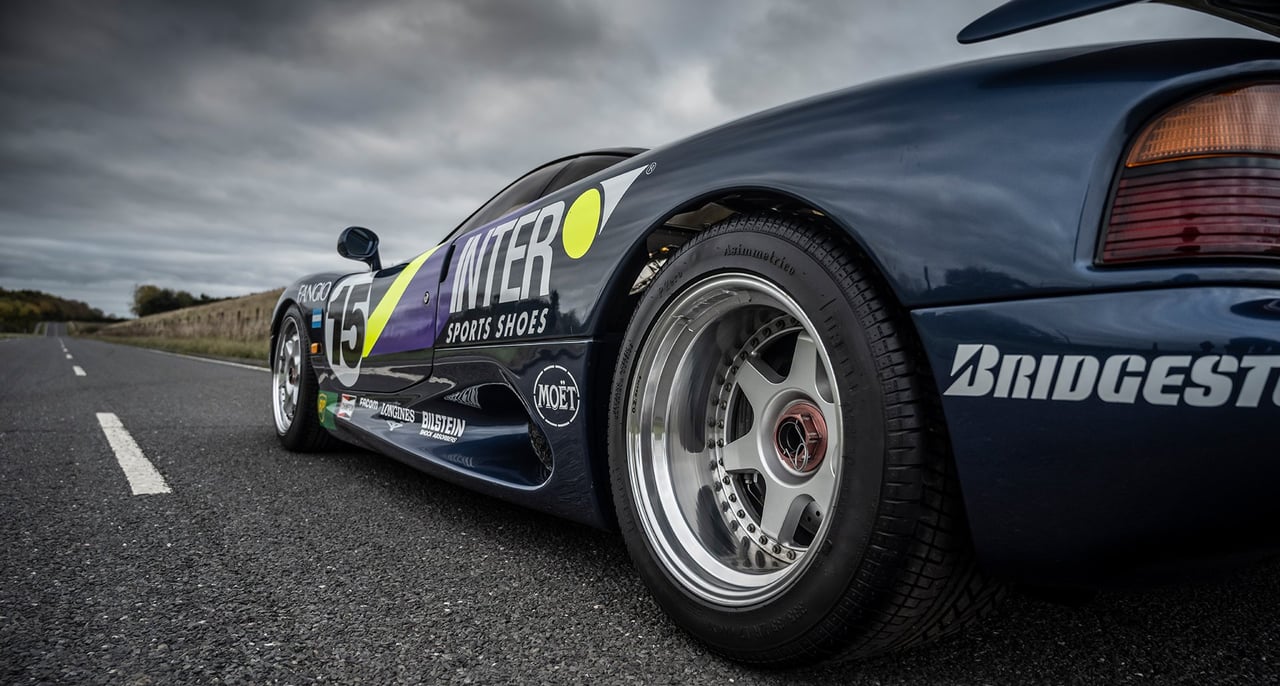

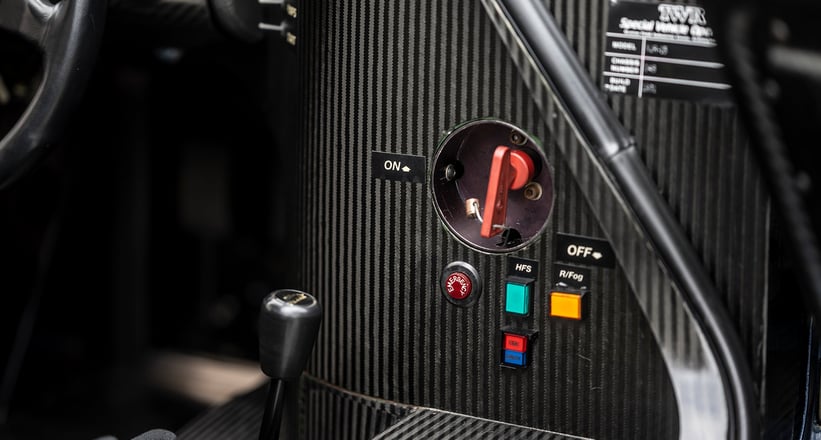
By the time the XJR-15 project was well underway, Stevens had joined McLaren and brought Gordon Murray down to show him the plus and minus points of working with carbon. It’s clear that learnings from the XJR-15 helped the McLaren F1 become what it is today.
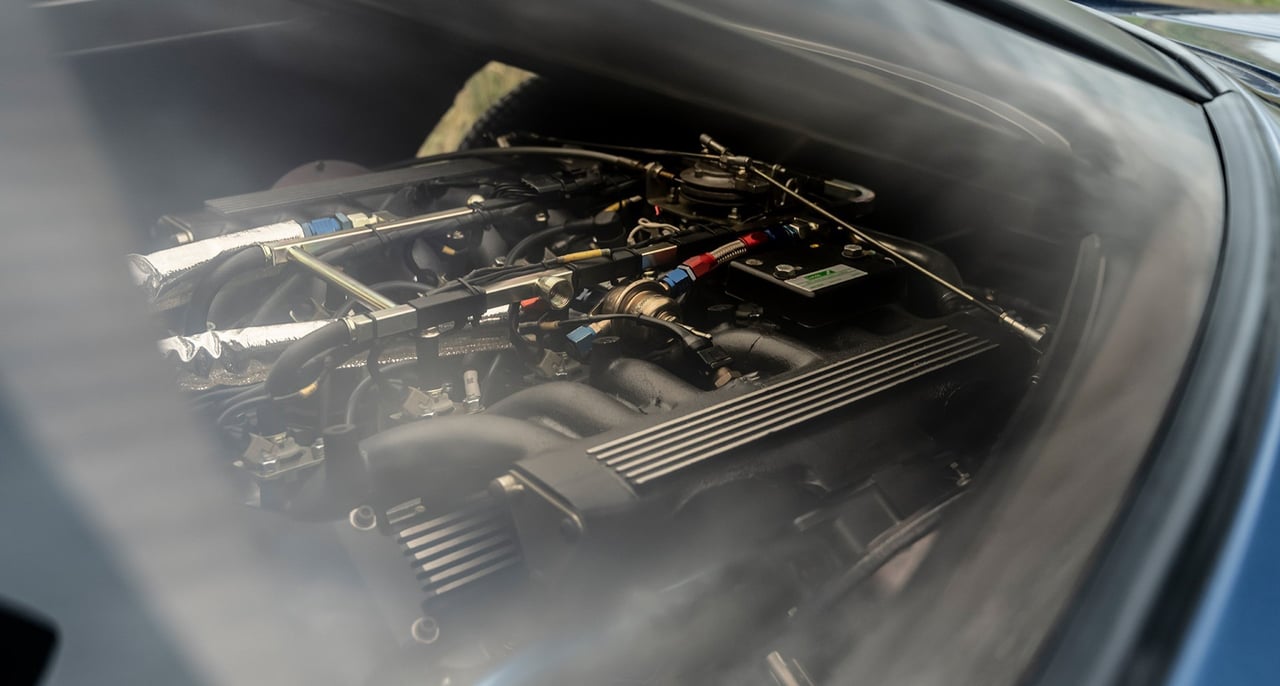
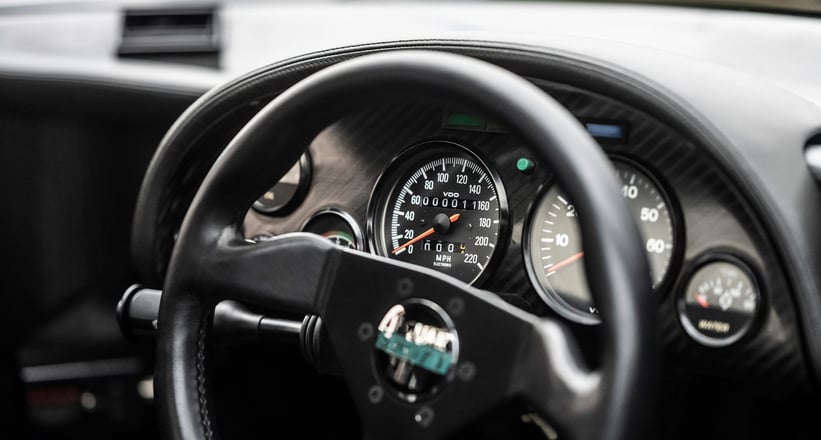
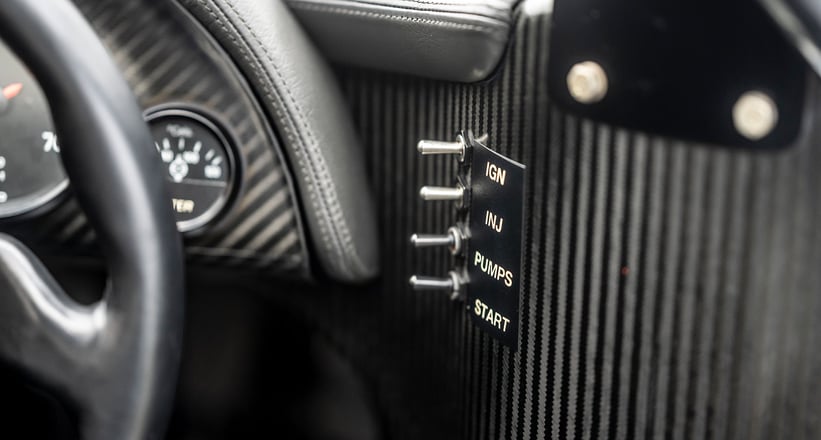
Does Stevens look back with fond memories 30 years later? “It’s spectacular on the road, a serious bit of kit,” he says. “It was one of the projects in my career that I enjoyed most. We were a very small team, it was really good fun and we enjoyed Tom’s enthusiasm for it.”
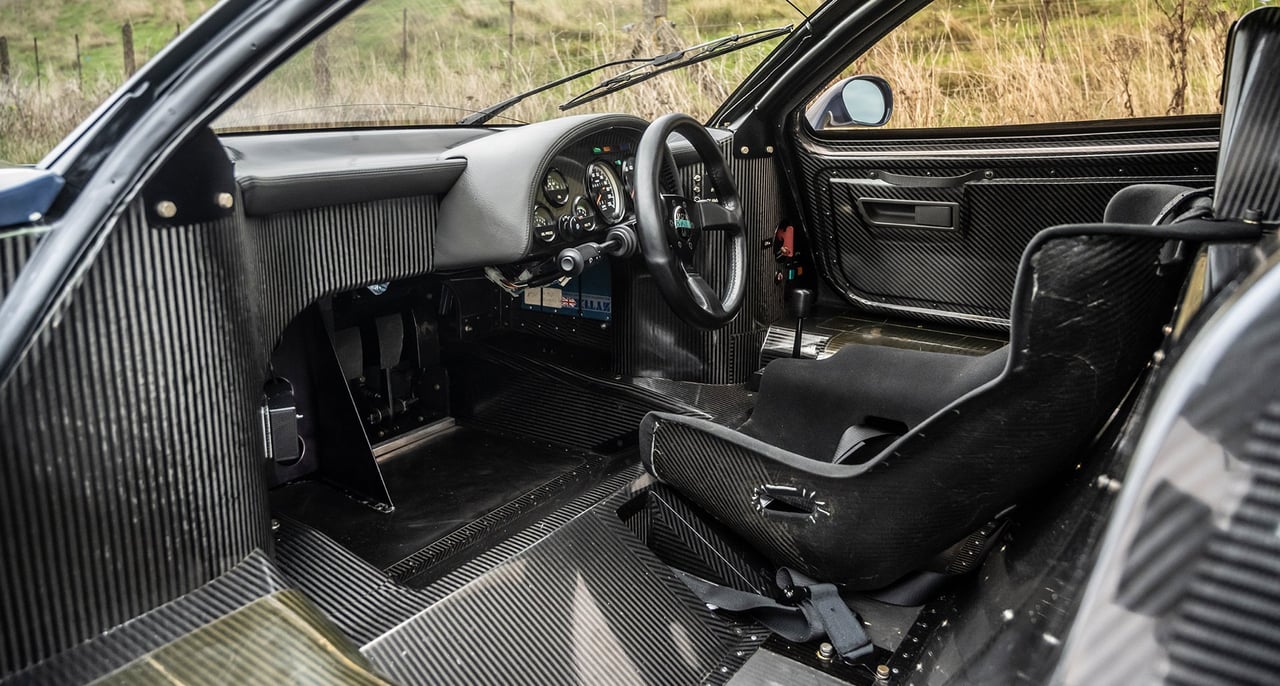
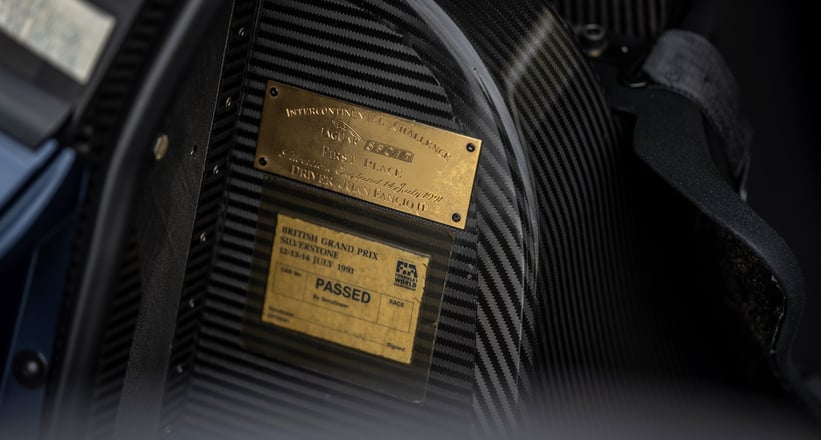
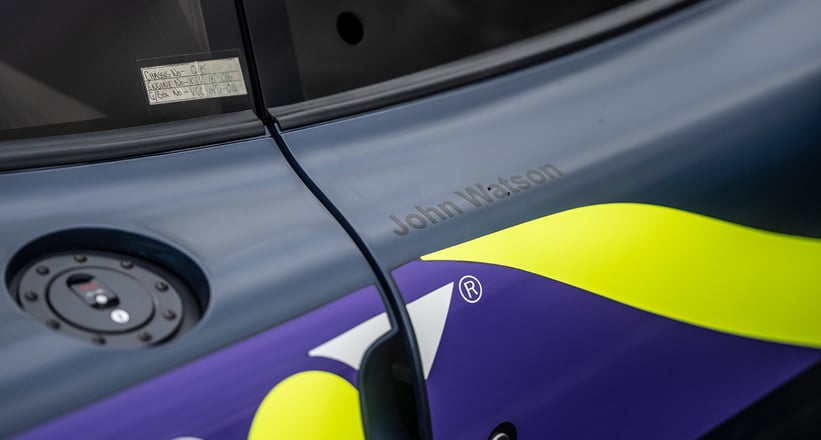
So what of this Fangio car? It was raced to victory by Juan Manuel Fangio II in the second round of the Jaguar Intercontinental Challenge, held at Silverstone in 1991, and is one just 16 of the original cars to have raced. One of many things that makes this car particularly special is that it still has its race-winning prize of an unused Jaguar XJR-S with it. But, most importantly, it’s highly original in every aspect. It’s one of the most recent discoveries of XJR-15 specialist Neal Gordon, who has spent the last few years gradually unearthing as many of these now highly desirable cars as he can.
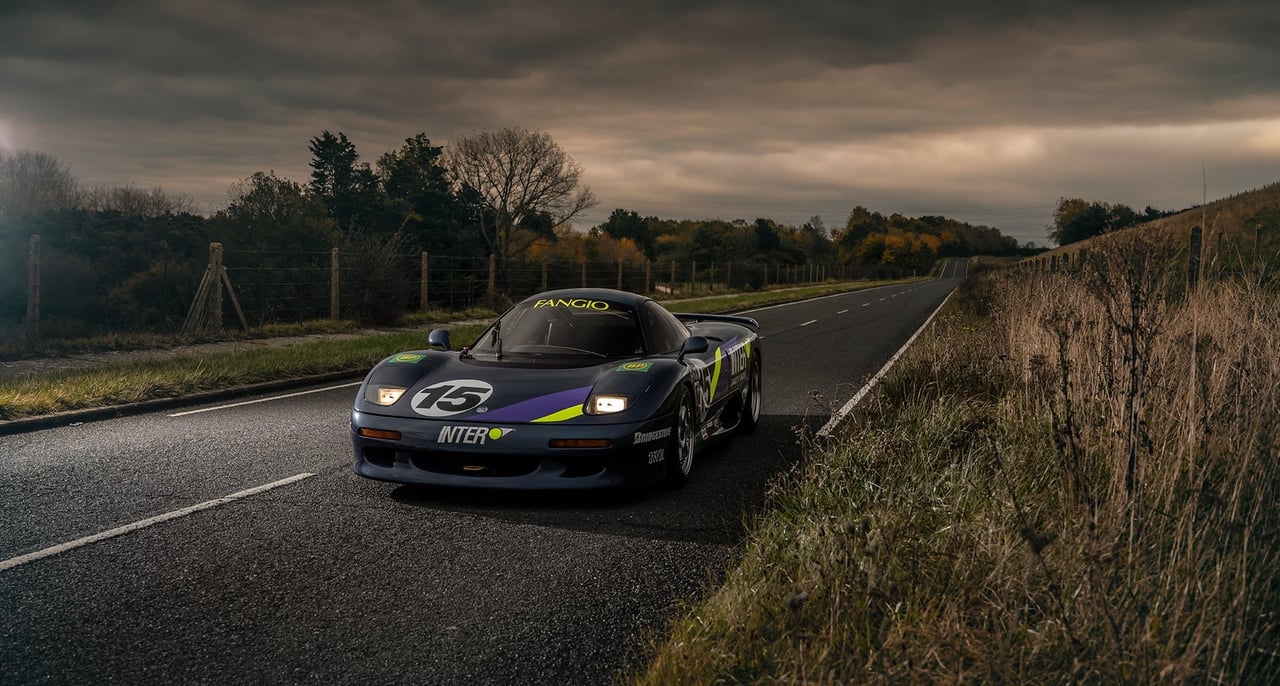
“I know of around 28 and tend to get a lead on another car every other month,” Gordon says. “A lot of people just forgot them as they disappeared into ultra-wealthy individuals’ private collections. You still have to explain them to a lot of people and then they start to remember them.”
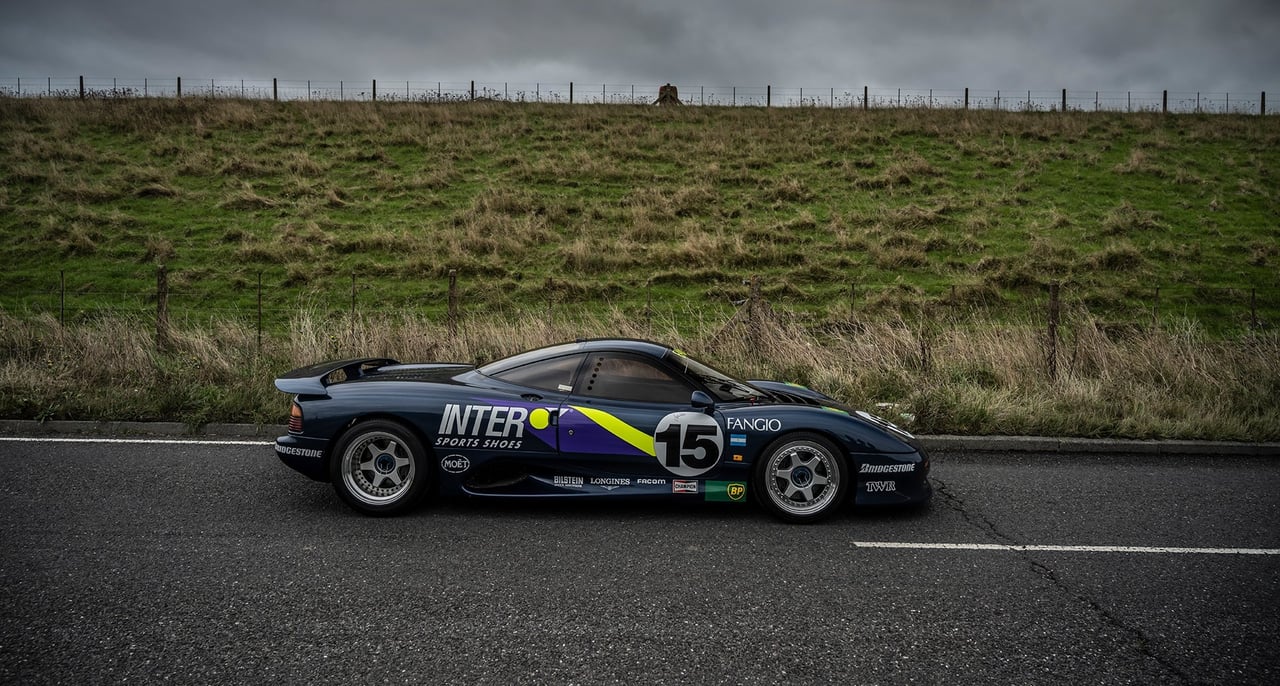
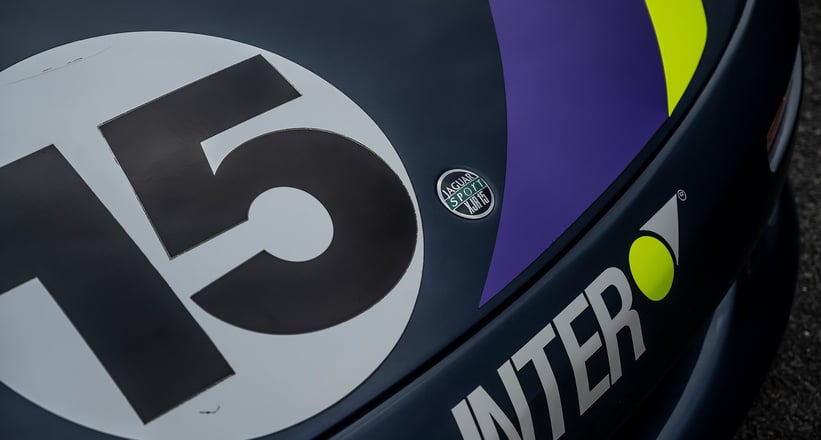
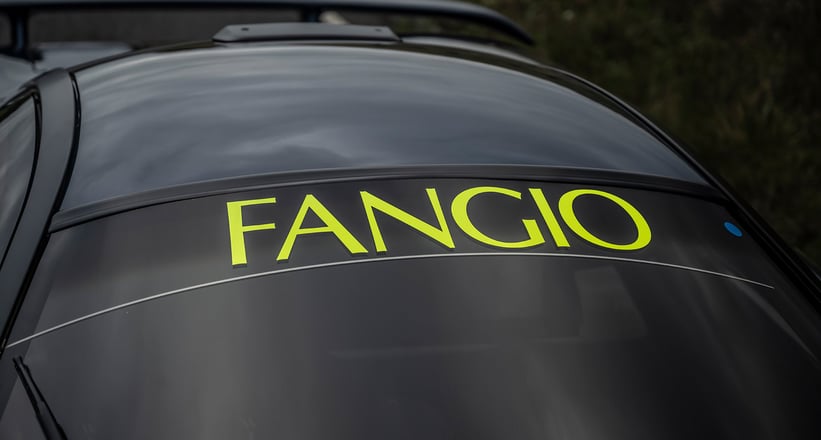
So how did the Fangio car come about? “I got a phonecall out of the blue saying the car was in California. Among my slightly geeky group of XJR-15 anoraks, we had an idea this car might exist; my focus has been on trying to locate all the cars, specifically the racers.

“XJR-15 owner and highly knowledgeable enthusiast David Bradbury had seen an old grainy photo of what we thought was this car, but it turned out to be a road car with stickers. So nobody had seen it for 30 years apart from the owner and his friends. It simply disappeared after Spa. It had been in a collection, with no miles on it and in completely original, mint condition. We think it did the three races, then went to Germany. In 2006, it went to the US and that’s where it popped up. I couldn’t believe it. We were shocked when it finally arrived at Heathrow.”
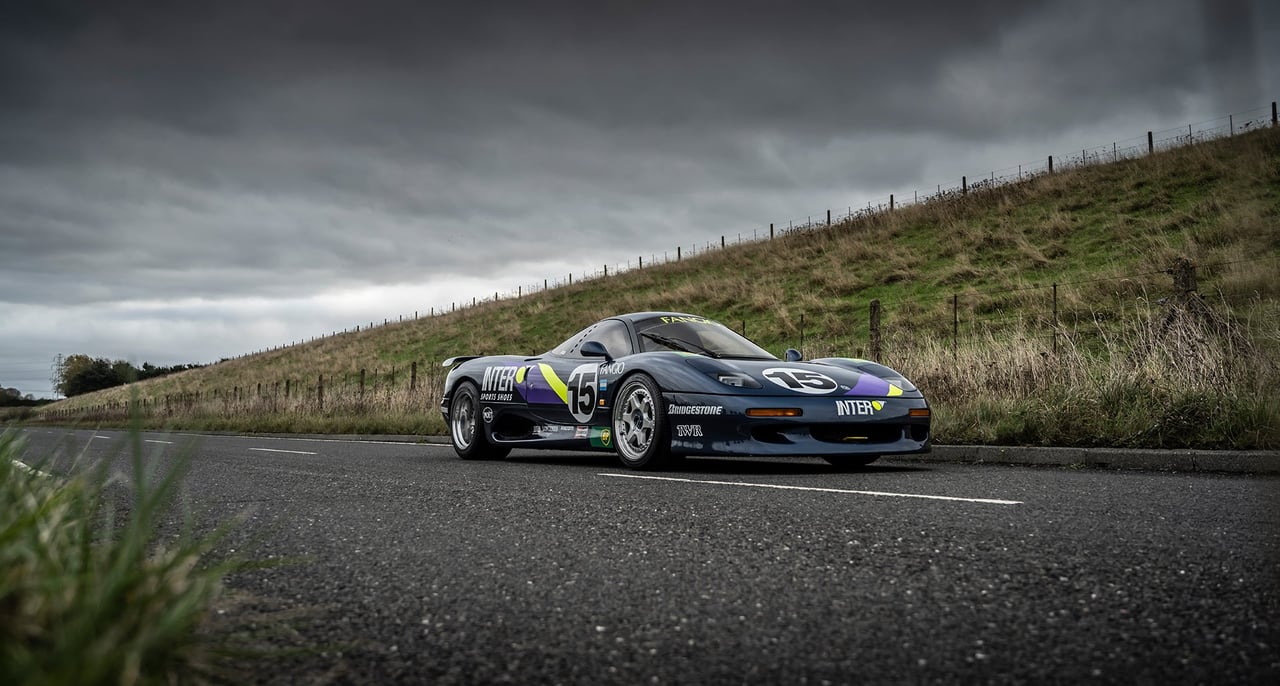
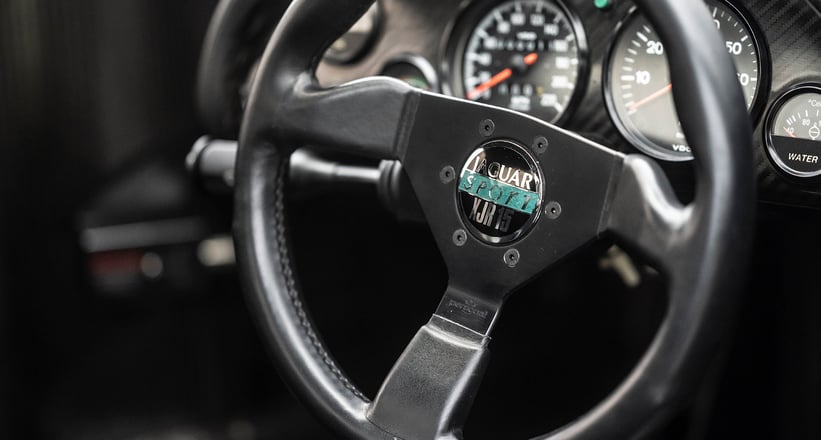
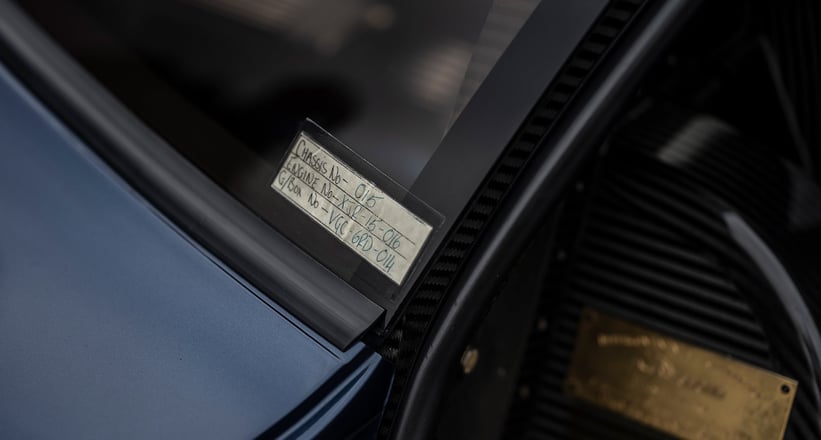
My quick call with Gordon turned into an hours-long leisurely chat as we discussed all the cars. Many examples went to Japan, including the little-seen LMs, and that has been a good source for XJR-15s in recent times. The Sultan of Brunei is rumoured to have had at least two; supposedly one now resides in the Sultanate’s harbour, having been pushed in to teach his brother a lesson ‘for spending too much money’!
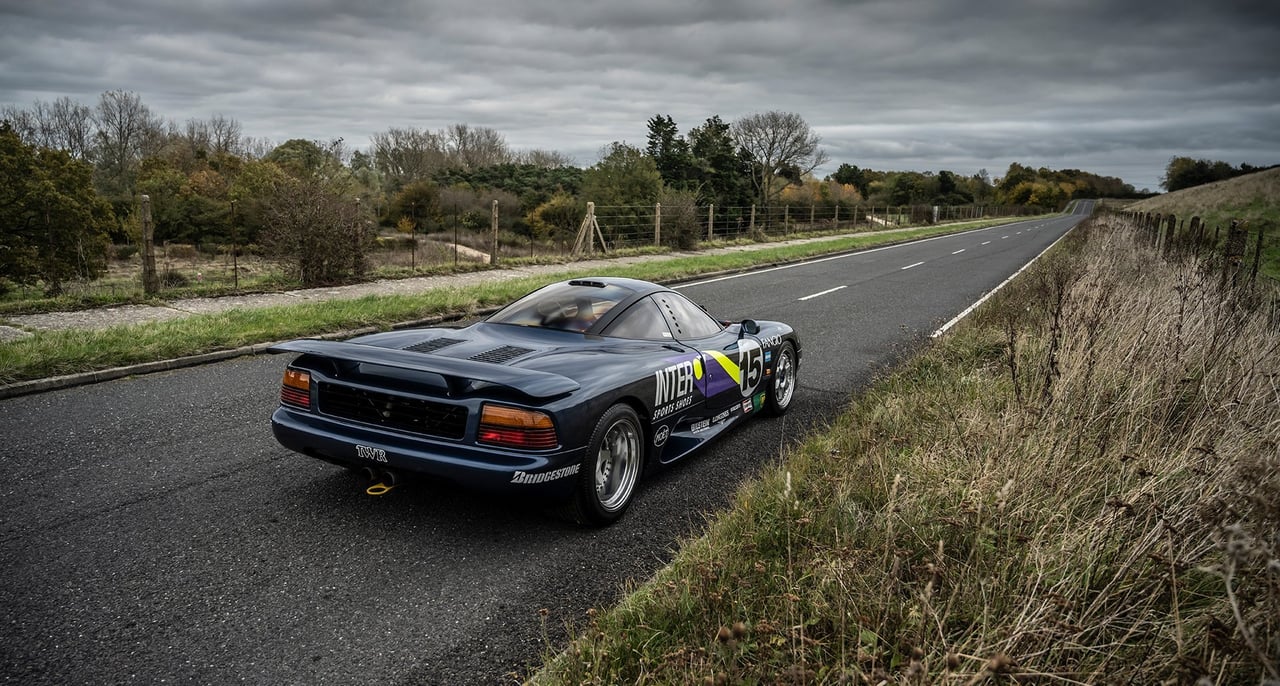
Values for the race cars now easily top £2million, but in 2008, a mint example sold at auction for just £70,000. You couldn’t sell them back then. Today, though, McLaren F1 owners are looking at XJR-15s, along with many other collectors. The cars share a designer and are based on a similar concept, but the Jaguar was the first carbon-fibre supercar. Plans are being made to launch an XJR-15 drivers’ club next year at Monaco with several examples attending, coinciding with and celebrating the launch of Stevens’ new book on the car.
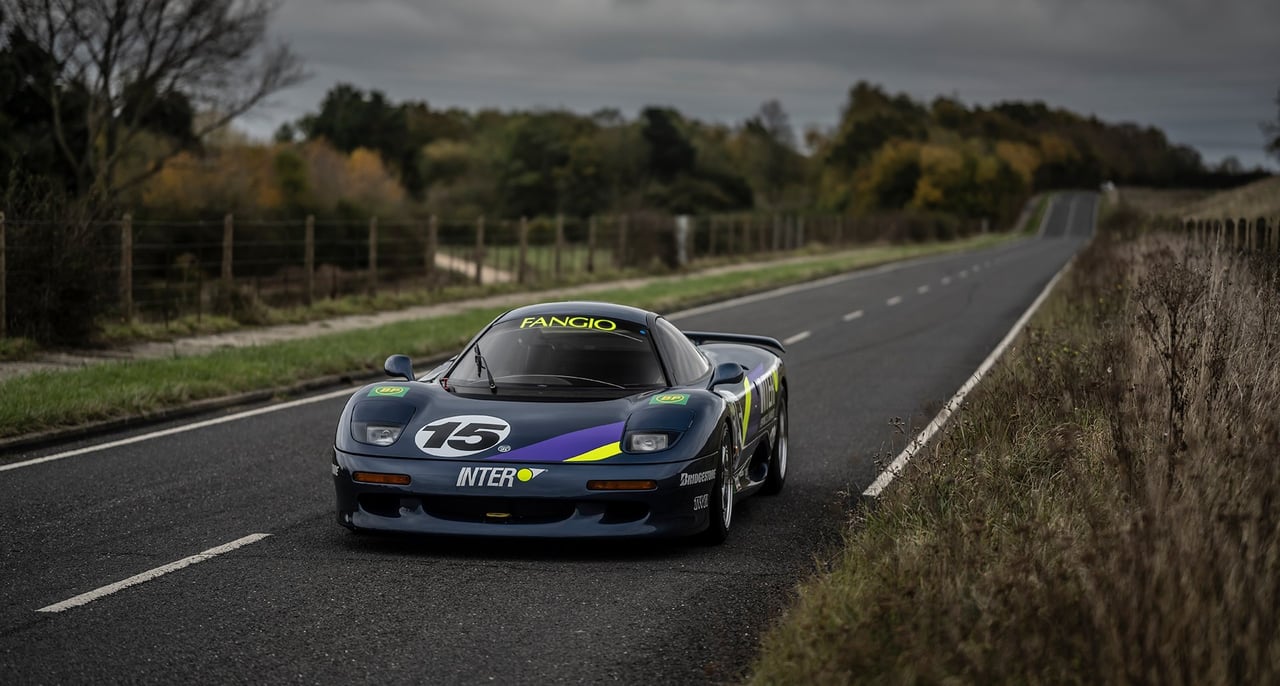
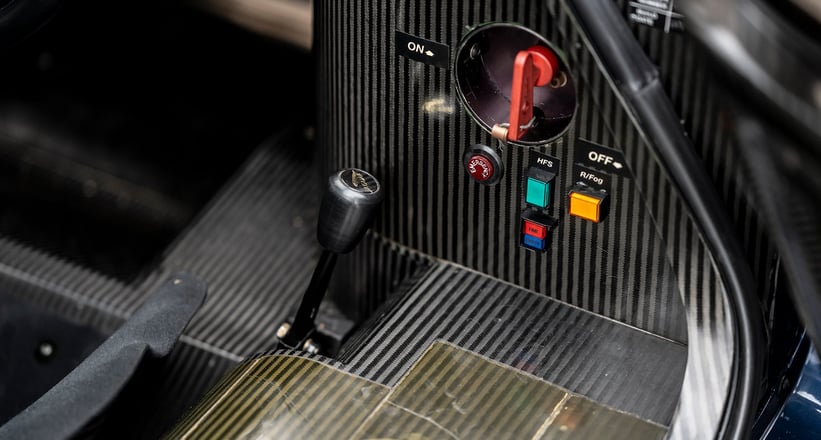
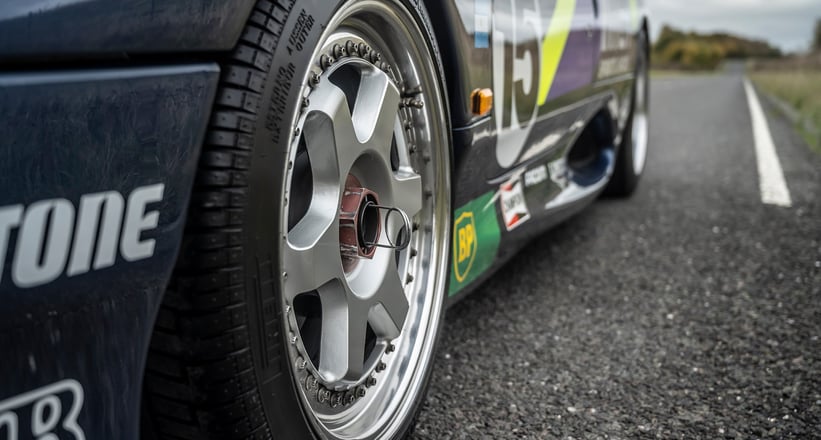
While the XJR-15 is fundamentally a Group C car for the road, it’s incredibly usable, powered by a strong, reliable, under-stressed and extremely torquey 12-cylinder engine. “They ride really nicely,” Gordon says. “For an hour-long blast, they’re brilliant fun; you have to be alert, synchronise your gearchanges and know how to heel-and-toe. If you can handle all that, you’ll love it. If you want paddle shifts, automatic blips on the downchange and a plush leather interior, you need to look elsewhere.”
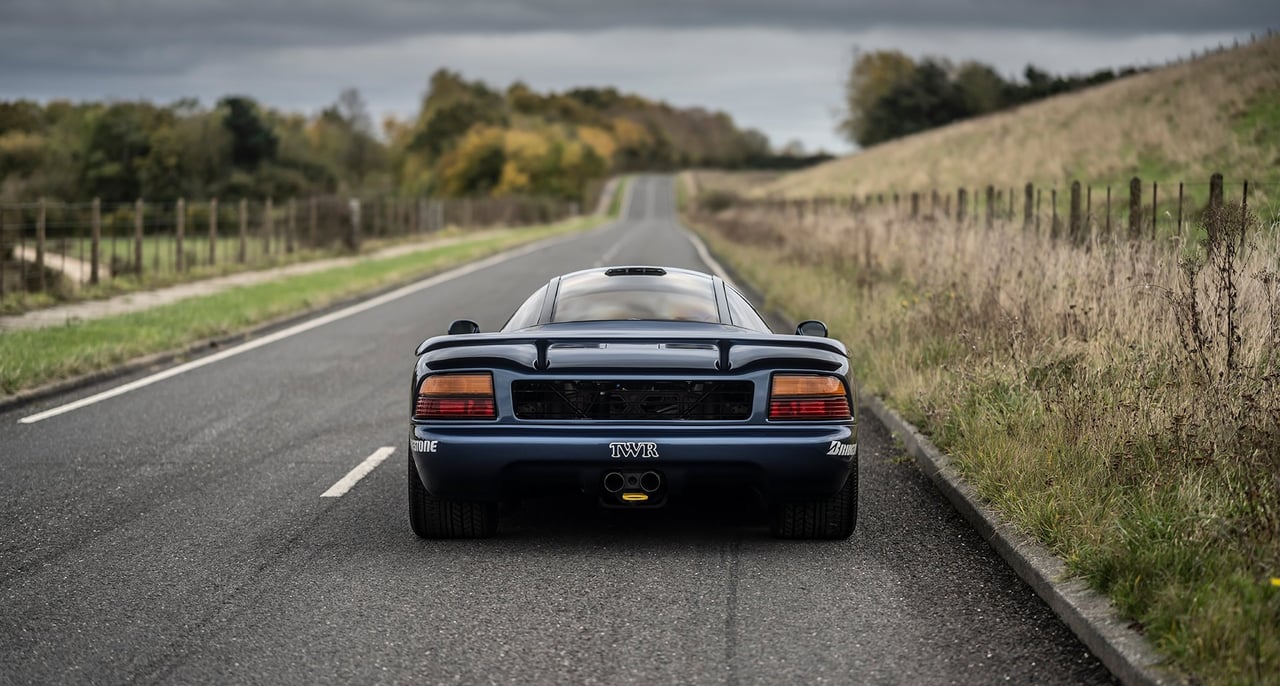
Chatting further with Stevens, it’s clear that he holds the XJR-15 very close to his heart, even 30 years later. “Collectors like something with a bit of history. These cars don’t shout ‘ostentatious’, there’s no vulgarity with an XJR-15 or McLaren F1. Ultimately, they’re just cars, but they do mark a very important period in car design. From my point of view, I was just desperate to get away from the Italian ‘folded cardboard’ look. “When you talk to someone who has driven down to Goodwood in their car, they’re knackered, but they’re buzzing, there’s no doubt that if you take a modern supercar, you arrive without a hair out of place, but when you get out of an XJR-15, you feel 100% alive.”
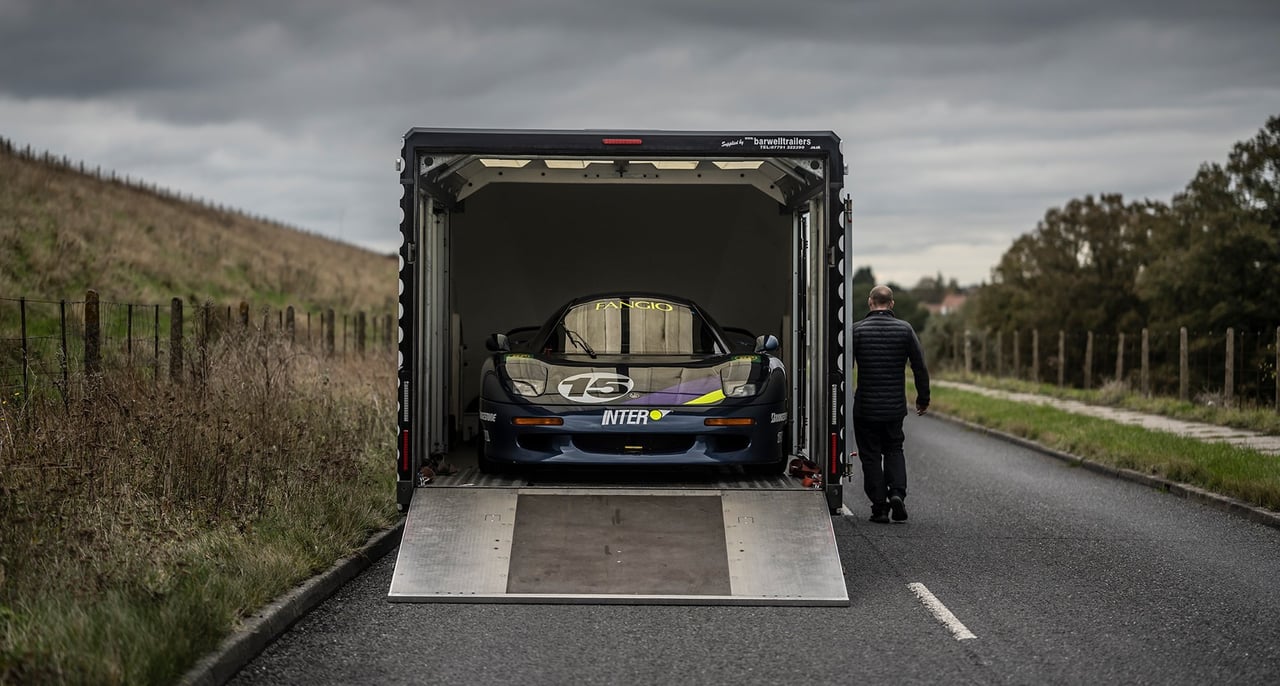
I couldn’t agree more. Seeing John Watson slide into the seat of the Fangio car – he raced it in the final round at Spa – was a very special moment for all who appreciate the XJR-15. For Watson it was just another day at the office, the last car he raced and the first time behind the wheel of a race car for many years. Awareness, values and desire for the XJR-15 will continue to grow and with the launch of the driver’s club coming in 2022, I can’t wait to see more of the 52 examples being discovered. For now, this Fangio car remains perhaps the most impressive of the lot.
Photos: GF Williams © 2021






































